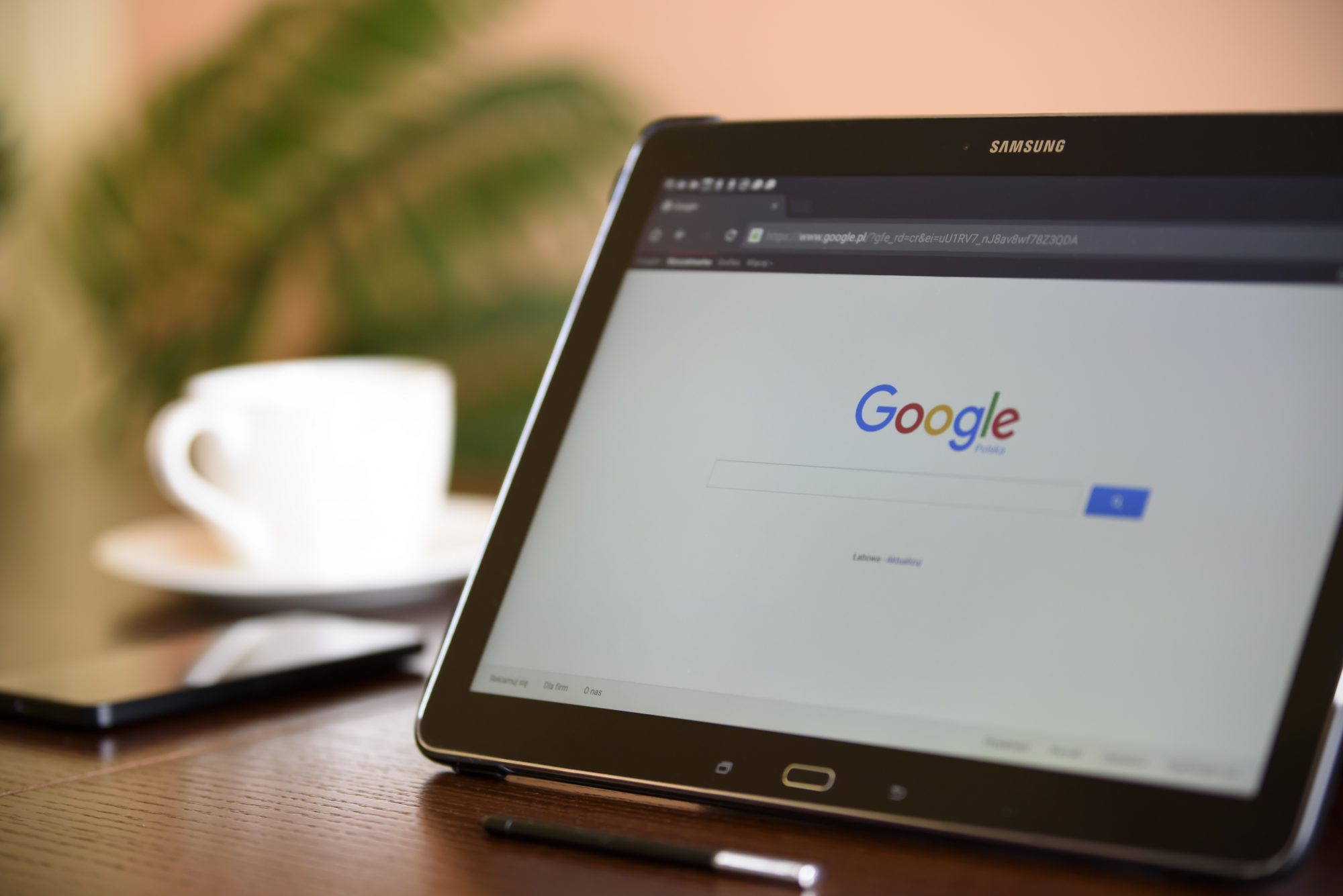In Google Ads, a major benefit for advertisers is that Google charges when a searcher actually clicks on an ad, not just when an ad is served (i.e., an impression). Here’s how it works: when a user enters a search, advertisers bid for the right to show up in the results based on how much they’re willing to pay for a click, determined by how relevant the search term is to their business. But, ad slots don’t necessarily go to the highest bidders. Google determines ad positioning by balancing the amount each advertiser is willing to pay for a click with how relevant their ad is in order to return the best results for each search.
This setup makes cost-per-click (CPC) – the amount advertisers spend for each keyword – a popular metric in Ads. But, clicks don’t guarantee conversions, and most advertisers are more concerned with the number of qualified leads their ads bring in (and rightfully so).
Still, there’s a pervasive belief among Ads advertisers that lower CPCs mean lower cost-per-lead (CPL) results. But, this isn’t necessarily the case.
Here’s the flip side of that argument: properly-managed campaigns have higher bid amounts for the keywords that drive the most qualified traffic (i.e., traffic that converts to sales). Conversely, these campaigns set lower bids for the keywords that don’t generate sales.
To get a better understanding of this line of reasoning, let’s start with a couple of factors that determine CPC in Google Ads.
No. 1: Google Ads Quality Score
Quality Scores are Google’s way of determining the quality and relevance of ads based on their selected keywords. Basically, the more relevant an ad is for the specific keyword it’s assigned to, the higher the ad’s Quality Score. Higher Quality Scores lead to lower required bids to get into the search results, which means lower average CPC.
A significant factor determining Quality Score is click-thru rate (CTR) which is the number of times an ad is clicked on divided by the number of times the ad is seen. The better a campaign’s CTR, the more relevant the ads are to Google and the higher the Quality Score.
CTR = Clicks / Impressions
No. 2: Ad Rank
Ad Rank is the average position of a brand’s ads in search results compared to their competitors. An ad’s positioning in a search result can have a significant impact on how often the ad is clicked – and, as discussed in the previous section, CTR is an important factor in determining CPC and Quality Score.
Since getting rid of competitors is unfortunately not an option, it’s important to stay on top of the game by optimizing bids for the right keywords. Is there a secret sauce for this? You bet, and these are the ingredients:
- Increasing bids on keywords that positively impact conversions, CPL and return on investment.
- “Pruning” keyword lists by either decreasing bids or pausing keywords that are negatively impacting the account (i.e., those expensive/ineffective keywords that garner clicks but don’t produce conversions).
- Diving through search term reports and assigning negative keywords (terms your ads won’t show up for) and adding new keywords that are likely to convert.
Focusing on qualified traffic, not clicks
Let’s get back to why higher CPC numbers aren’t necessarily a symptom of underperforming Google Ads campaigns. By looking at industry trends, we can see that average bids (and, therefore CPC numbers) have been on the rise over the past few years. While the impact varies across industries and ad types, it’s important to note that higher CPCs, when handled appropriately, can indicate positive overall performance.
Within reason, higher CPCs are not a problem for campaigns that attract relevant searchers and generate qualified leads. The more aggressively advertisers bid on top-performing keywords, the more likely they are to outrank competitors in the searches that matter most to them. This may increase overall CPC, but the tradeoff is worth it because the traffic from these clicks is more likely to lead to sales.
Advertisers should think about CPC this way: do you want to get cheap clicks from searches that aren’t likely to drive sales, or would you rather pay a little more for keywords that drive conversions and contribute to your bottom line?



 Google My Business now has the ability to
Google My Business now has the ability to 

